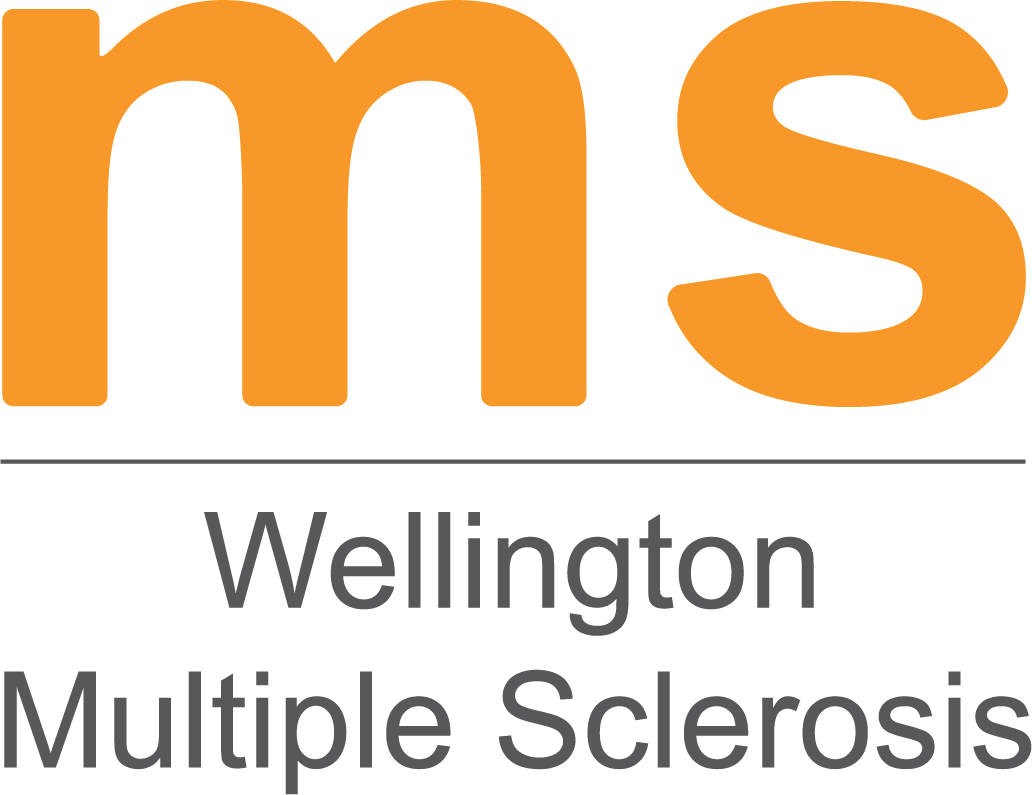Diagnosing MS
There is no single test to diagnosis multiple sclerosis, but a thorough physical and neurologic examination that includes imaging and other tests, combined with a careful study of a patient’s medical history, are a first step to diagnosing the disease and, importantly, ruling out other possible causes of symptoms being reported. A patient should report symptoms common to multiple sclerosis (MS) quickly to a physician, as early treatment can help to counter the disease’s intensity and progression.
Criteria known as the McDonald Criteria (revised in 2010) has established guidelines for tests used to speed diagnosis. According to the National MS Society (U.S), a physician under this criteria must:
- Assess for damage in at least two separate areas of the central nervous system (brain, spinal cord and optic nerves)
- Find evidence that damage took place at least one month apart
- Rule out other possibilities for the CNS damage and demyelination found.
Some possible other causes of symptoms include vitamin deficiencies, viral infections that cause inflammation of the brain and spinal cord, Guillian Barre syndrome (which causes demyelination of the peripheral nervous system), acute disseminated encephalomyelitis (ADEM, an isolated post-infection or post-vaccination autoimmune attack on the CNS), and Schilder disease (characterized in children and young adolescents by demyelination).
The most important tests for confirming MS include:
- Magnetic Resonance Imaging (MRI), which helps to detect the lesions caused as a result of demyelination. MRI is the most non-invasive and sensitive way of imaging the brain and spinal cord.
- Cerebrospinal Fluid (CSF) is the clear liquid the cushions the brain and spinal cord, and changes in this fluid can indicate problems. According to the National Health Service (U.K.), a lumbar puncture, usually done under a local anesthetic, is used to remove a fluid sample, which will then be tested for immune cells and antibodies.
- Evoked Potentials (EP) are tests to measure the electrical activity of the brain in response to stimulation, checking the strength of the nervous system and the speed of impulses based on the stimulation of specific sensory pathways. These tests, commonly done to the eyes, can reveal demyelination.
- Neurological Exams look for changes, weakness, or abnormalities in vision, eye movements, extremity strength (hands or legs), balance and co-ordination, speech, and reflexes.
- Blood cultures are done to rule out other possible causes of symptoms, like a vitamin deficiency.
Go to previous page What are the symptoms of MS
